Volcanoes, dolphins and diving: welcome to New Britain
Mosquitoes, trekking and delayed flights are all part of the adventure in this wild paradise in PNG.

It’s supposed to be a short 90-minute flight from Papua New Guinea’s capital, Port Moresby, to a little spot of paradise known as the Walindi Plantation Resort, tucked away on the tropical island of New Britain.
But it ends up taking almost 30 hours to get there, as notoriously erratic local carrier Air Niugini keeps “delaying’’ the flight, which eventually leaves 27 hours later.
After almost two days hanging around the domestic terminal in Port Moresby’s less-than-glamorous Jackson Airport, we finally depart for Hoskins Airport, a small airfield built by the Japanese in World War II on the north coast of New Britain, and serving the local township of Kimbe.
It’s a beautiful flight over PNG’s green mountains and waterfalls, before we glimpse the blue of the Bismarck Sea and come in to land, just before a monsoonal downpour arrives.
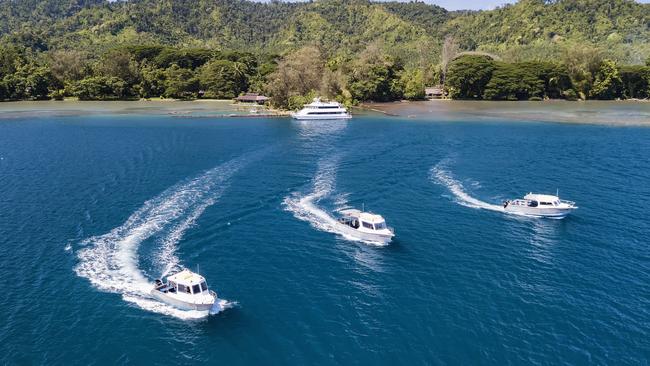
An hour’s bone-rattling drive away lies the resort, where staff greet us with umbrellas and the welcome news that dinner is served in the main house. Two days of airport instant noodles are forgotten as fresh fish, rice, local green vegetables and tropical fruit appear from the kitchen, along with ice-cold Australian white wine from the fridge in the poolside bar.
Then it’s time for an early night – Kimbe is world-famous for its diving, and the boats are leaving early the next day.
Walindi was established in 1983 by Australian couple Max and Cecilie Benjamin on a pocket of land in a palm oil plantation overlooking the bay – officially called Stettin, but known to everyone as Kimbe Bay.
The third-generation family-run business is now globally famous among diving and underwater photography enthusiasts, some of whom come every year to explore the beautiful underwater surrounds of the bay.
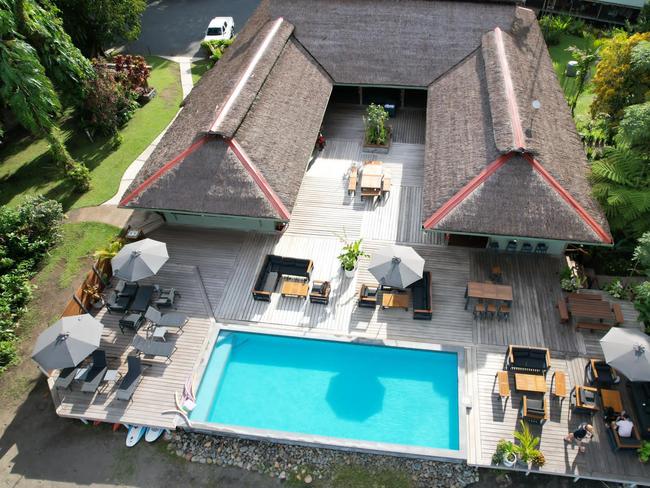
The other guests on this winter trip are mainly Australian tourists, and regular visitors to Walindi, but four young Brits lugging an incredible array of camera equipment turn out to be a marine biologist and film crew.
They’re here to film clown fish for a future episode of the hit BBC series Blue Planet, and this is apparently the best place in the world to film Nemo and his mates in their natural habitat.
Will legendary broadcaster and natural historian David Attenborough, 97 years young, be narrating, we wonder.
“Gosh, wouldn’t that be lovely,’’ they say diplomatically before departing.
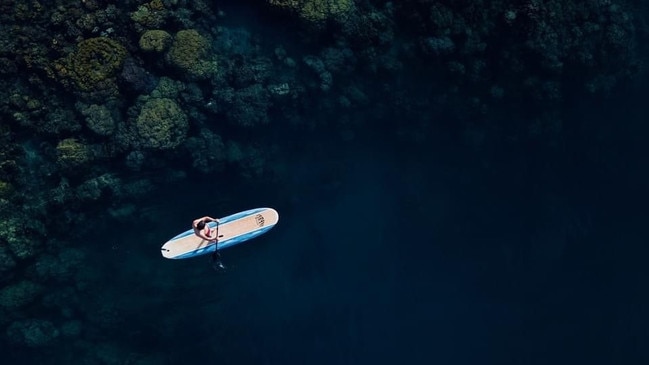
Walindi runs several boats out of its private jetty including a large live-aboard vessel, and after a generous breakfast at the main house we hop aboard one of the smaller boats and head out to a tiny, sandy island about 40 minutes from the resort.
Along the way, dolphins appear, and we don snorkels and hop on to nets slung from the side of the boat, getting an incredible underwater look at the dolphins who play in the bow wave and swim right up to get a close look at us.
It’s an amazing experience, and back on board we get the added bonus of seeing a mother and baby dolphin swimming together, coming out of the water and diving back in perfect unison.
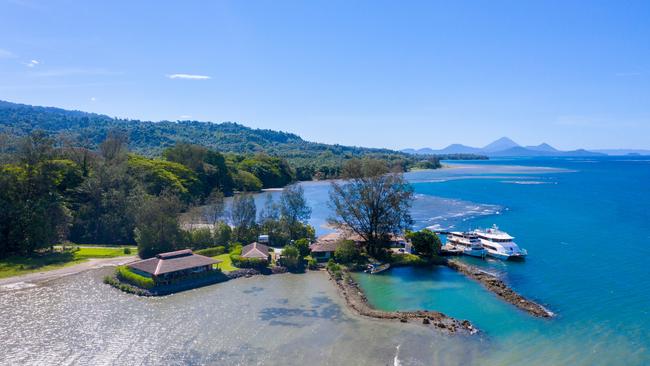
At the island, we snorkel and dive the edge of a reef, taking in the colours of the coral and the iridescent fish darting about – cheeky clown fish, the fusiliers, pretty striped angelfish and elegant bannerfish. We are pleased not to encounter any of the sharks known to inhabit the bay. The water is 28 degrees and pristine, suffering none of the plastic pollution common in other parts of the Pacific and Southeast Asia, and our dive master retrieves a piece of tangled fishing net washed up on the beach, and takes it away to be disposed.
The afternoon is spent doing two more dives on nearby reefs – it’s overcast and occasionally raining, but pleasantly warm and the sun still gets through the clouds, as sunburn discovered later that night attests.
Walindi has just 20 rooms and waterfront bungalows, and guests gather around the bar and pool at day’s end for sunset drinks and to share stories of their adventures. It’s recently undergone a major renovation, but retains the cosy feeling of a private home, with the walls of the breakfast room adorned with maps and guests’ diving photographs, and shelves crammed with books and local curios.
The delayed flights have cost us a day’s diving, so we regretfully give up plans to explore some of the underwater wrecks from World War II that litter the coastline.
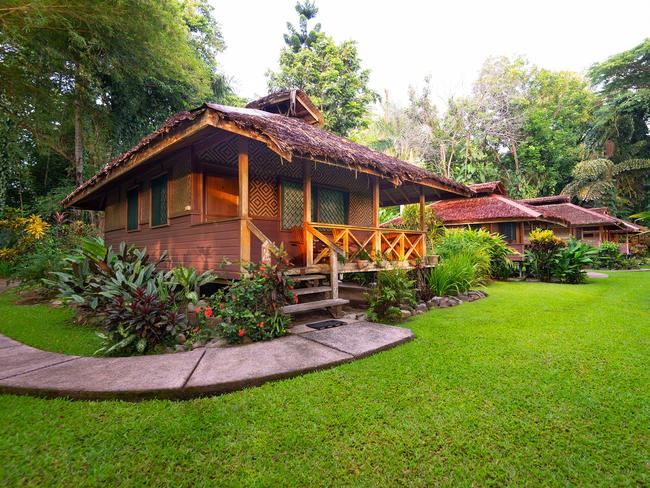
Instead, we spend the next day hiking up Garbuna, an active volcano just a few kilometres away at the back of the Walindi palm plantation.
The resort organises a local guide to take us, and next morning a group of four of us head out, accompanied by our guide, Joseph, and his dog, Respond.
Respond, a skinny bitsa, knows the way to the top of the volcano and runs the entire journey, doing loops from the front of the group to the back, always overtaking politely on the left as he makes his way back up to the front of the group.
The path is single file, overgrown, and winds its way through dense jungle up the steep slopes of the volcano – within minutes, we are covered in sweat. Stops for drinks or to wipe dripping foreheads are kept short due to swarms of mosquitoes, so we push on quickly and three hours later emerge out of the jungle and on to the lava field.

We hear and smell the volcano crater before we see it; evil sulphurous gasses hissing out from vents and turning the barren lava field yellow.
The volcano last erupted in 2008, sending white ash clouds and lava into the air, and frightening the people from John’s village into moving out of their pole houses in banana fields at the foot of the Garbuna crater.
After taking photos on the edge of the crater, we are driven away by the hot gas and steam, and retreat to safer ground in no-man’s land on the edge of the lava field – preferring the unrelenting sun to the mosquitoes waiting a few metres away in the dense foliage of the jungle.
Walindi’s kitchen staff have packed a lunch of sandwiches that we share with Joseph and Respond, then head downhill – the return journey takes two hours, and we have more time to admire the giant hornbills flapping overhead and absorb the cacophony of the cicadas, ebbing and flowing as we walk past.
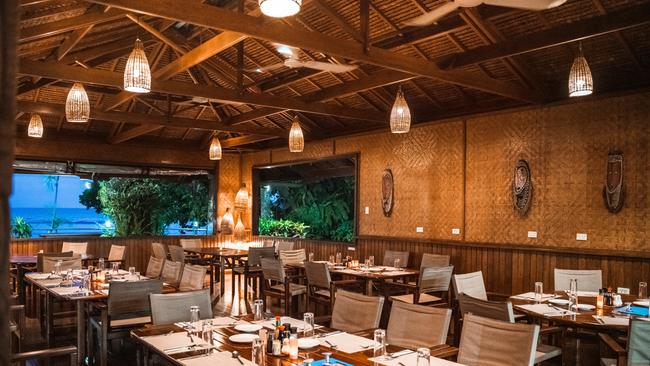
Back at the resort, we rehydrate around the pool with local SP beer and examine the latest sunburn/insect bite collection, before it’s time to join other guests for dinner in the open-air dining room.
Departure day the next morning starts with a 3.30am alarm and a 4am start, heading back along the bumpy road through Kimbe town to Hoskins.
We’d confirmed the night before that the evening flight had landed, but are still pleasantly surprised to see the Air Niugini plane at the airport.
After the previous delays, we can hardly believe our luck when the flight leaves right on time, but as we accelerate along the runway, the pilot abandons takeoff and we decelerate and return to the main airport building, where we are offloaded while an undisclosed “problem’’ is rectified.
An hour later, with some trepidation, we reboard and make our way back to Port Moresby Airport, where we debrief in the elevated bar of the Airways Hotel, overlooking the runway, and decide the bites and burns and delayed flights were all just part of the big adventure.
In the know
Walindi Plantation Resort has bungalows from$US190 ($298) to $US235 ($368) a person, twin-share depending on the season.
Diving starts at $US190 ($298) a person per day and includes two dives, tanks and weights (but no other equipment). It is available through the resort.



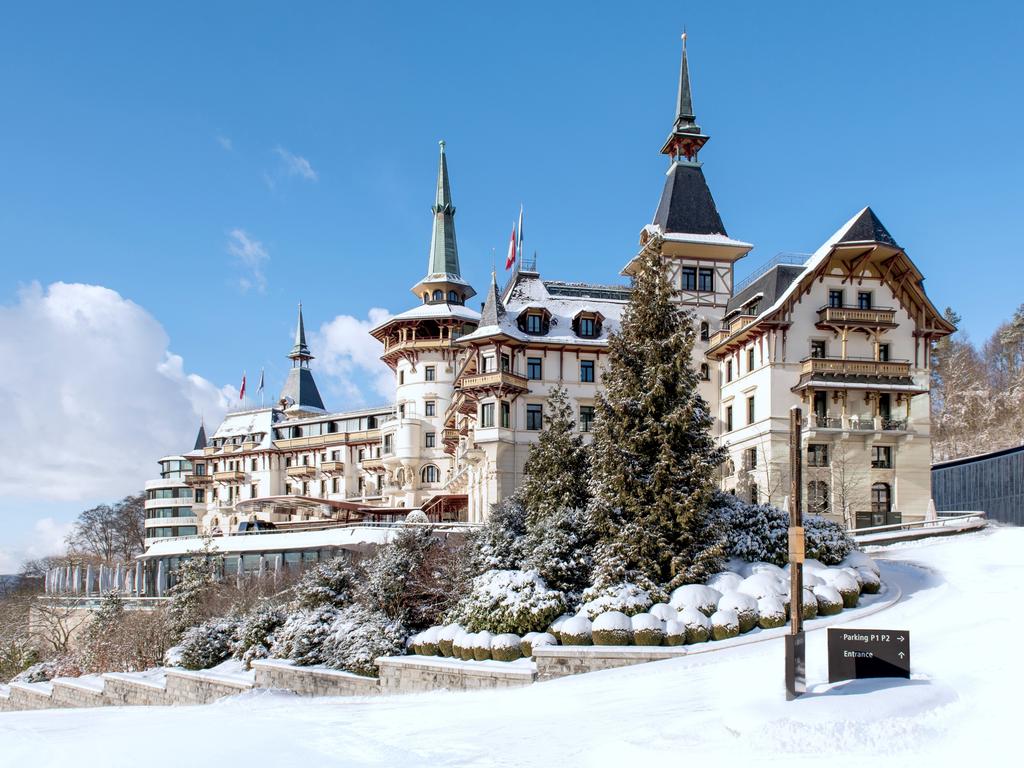
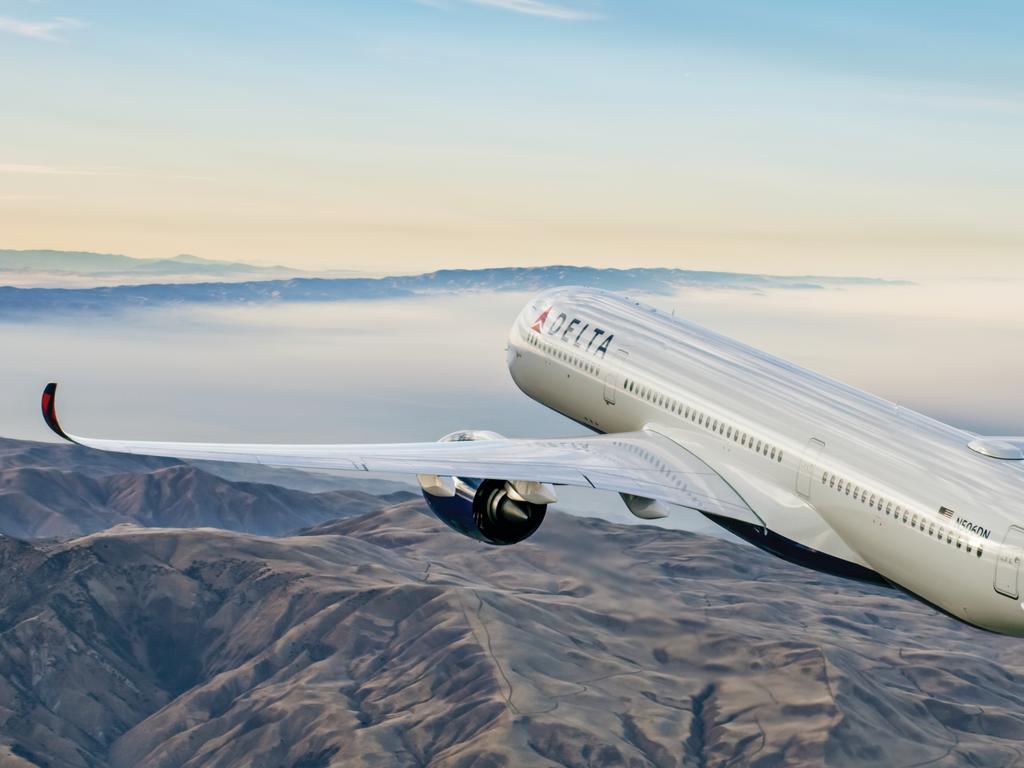
To join the conversation, please log in. Don't have an account? Register
Join the conversation, you are commenting as Logout